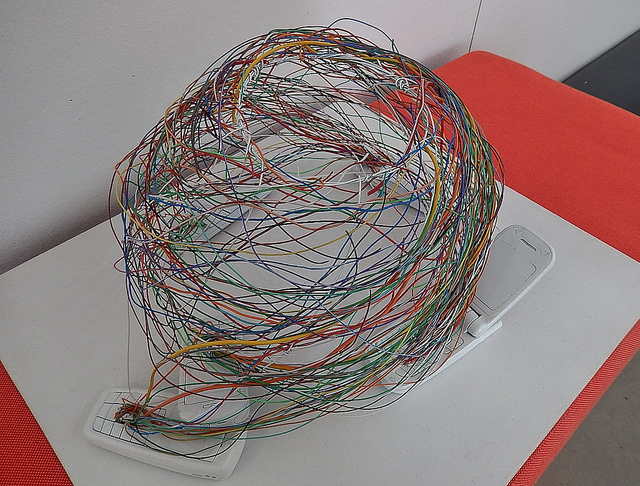
The Internet was born on mainframe computers. And up until the early 2000s, a desktop or mainframe computer was how a user logged on. But computers aren’t the only way online anymore. Electronic objects of all kinds—a car dashboard, mobile phone, television set, even a heart monitor—are now outfitted with circuits that interface with other networks just like any personal computer. We call this new phenomenon the “Internet of Things” and we’re only beginning to see how much change it will bring to business and consumer life everywhere.
What is Internet of Things — or IoT?
Most IT experts have a common definition for Internet of Things; it is “communication among physical objects.”
It marks a major technological change. From the advent of computing back in the 1940s, computers have always existed to process directives from human operators. A user types, talks, writes code, etc., and the computer follows it. That changes with the Internet of Things, where the machines take initiative. They begin to interact with each other, and even issue directives to each other, with no human operators at the helm. Examples already on the market include:
• heart-monitor implants that relay patients’ vital signs to the physicians
• biochip transponders inserted into farm animals, or animals in the wild, for tracking the animals’ health and disclosing their whereabouts at all times
• electronic RFID tags that a business can install on each of its inventory and office products to digitally track where any single object is at any given time
• automobiles whose built-in sensors alert the drivers when tire pressure is low
It includes a diverse array of things. Cisco’s Internet Business Solutions Group predicts that the Internet will have more devices connected to it than people— 25 billion devices by 2015 and 50 billion by 2020, on top of 2.5 billion human users.
New opportunities…and new threats
What does it mean for businesses? Huge opportunities — and major headaches.
On the plus side, all of this new connectivity makes it possible to monitor production, distribution, and sales transactions in ways never before possible, and to spot and root out inefficiencies anywhere along the way.
On the down side, businesses also need to create new organizations for continuous software development and technology integration. They need to explore new business models to utilize all technology service offerings, and to coordinate their business development with customers and stakeholders. They may even invest in new product development with heavy software components that require software development expertise not available in-house.
More devices means more security gaps
The profusion of new nodes transferring data to each other raises concerns about data privacy and security. Breaches of credit-card data, health records, and other sensitive information are already on the rise and now add up to $445 million in personal or commercial losses worldwide, according to the Center for Strategic and International Studies.
There is no telling how much more cybercrime could potentially take place when virtually every object in our homes and offices, not just our phones and computers, is accessing the network. What can be said is that the risks, if anything, are higher: Most of these devices have less processing power than a computer or smartphone and, as such, their security apparatus tends to be less sophisticated and easier to hack. Less secure objects means that companies developing new technologies will need to enforce more rigorous security measures throughout their applications and development process, by working with reliable partners and maintaining their security process.
Internet of Things: A long to do list
The challenges are many, but like most problems in IT, they can be overcome with integrated solutions and technical expertise. Product developers will have much work to do to counter the worst of these threats and develop software that is easy and safe to use. Lawmakers and law-enforcement agencies need to update their laws and policing procedures. Meanwhile, business groups and consumer groups can and should engage with each other to identify the best uses of the Internet of Things and to sort out any defects. All of the above, working together, can help keep this new technological paradigm work well for people and for things.

